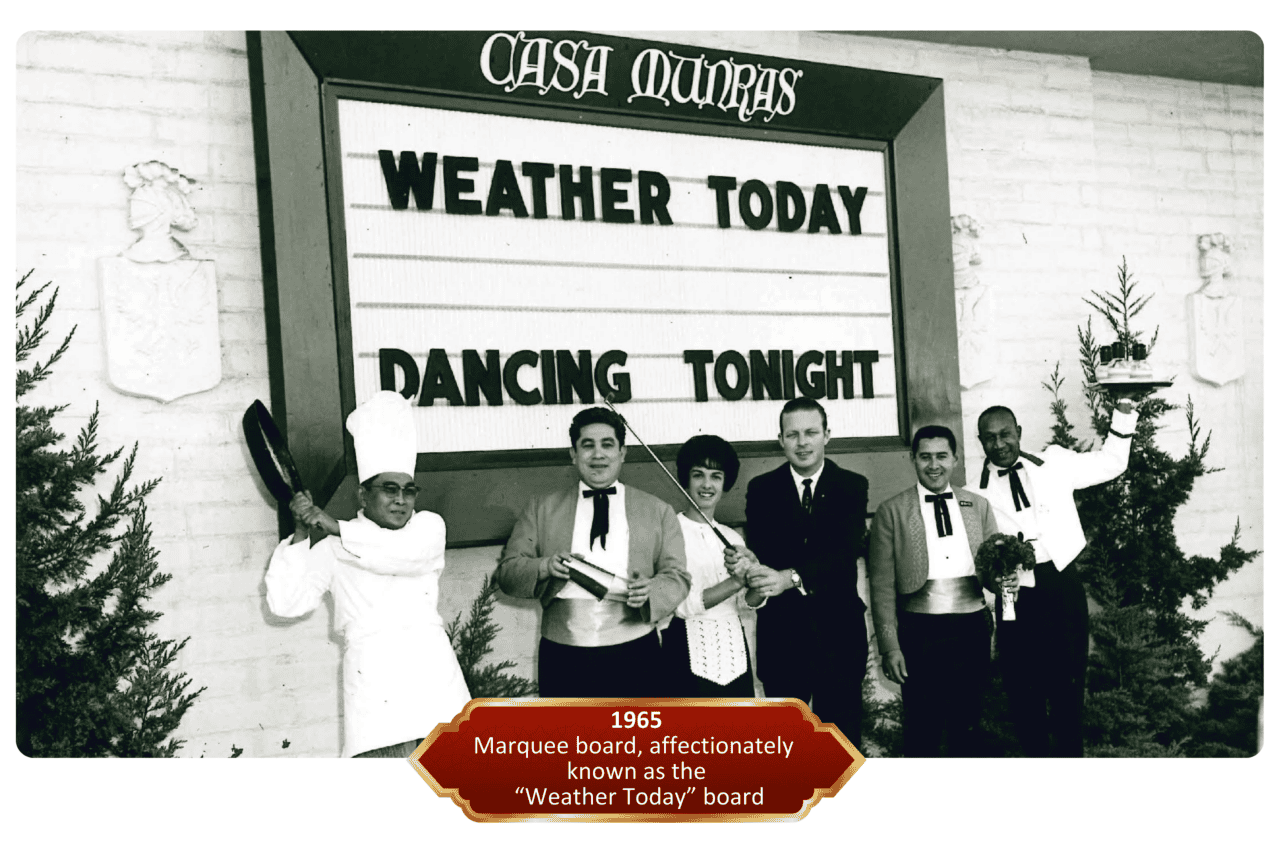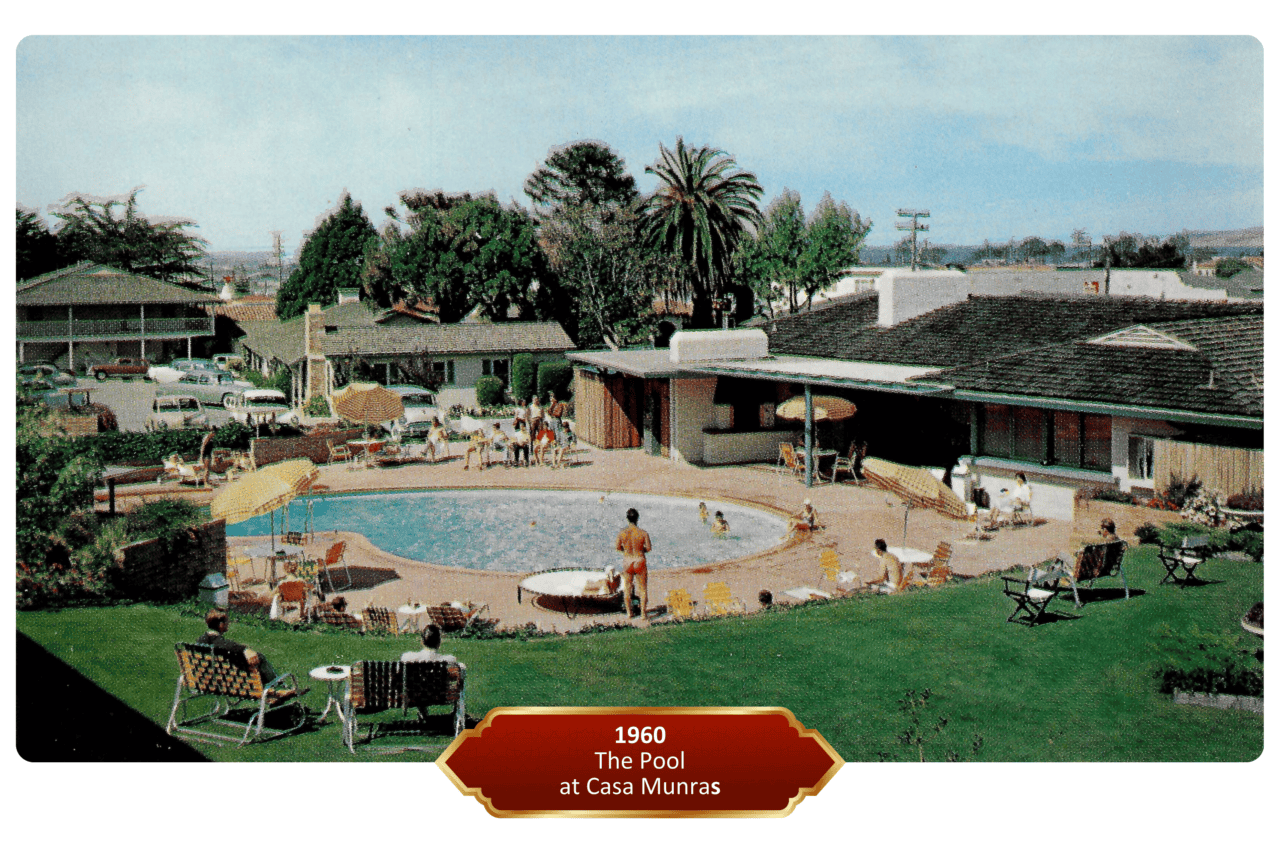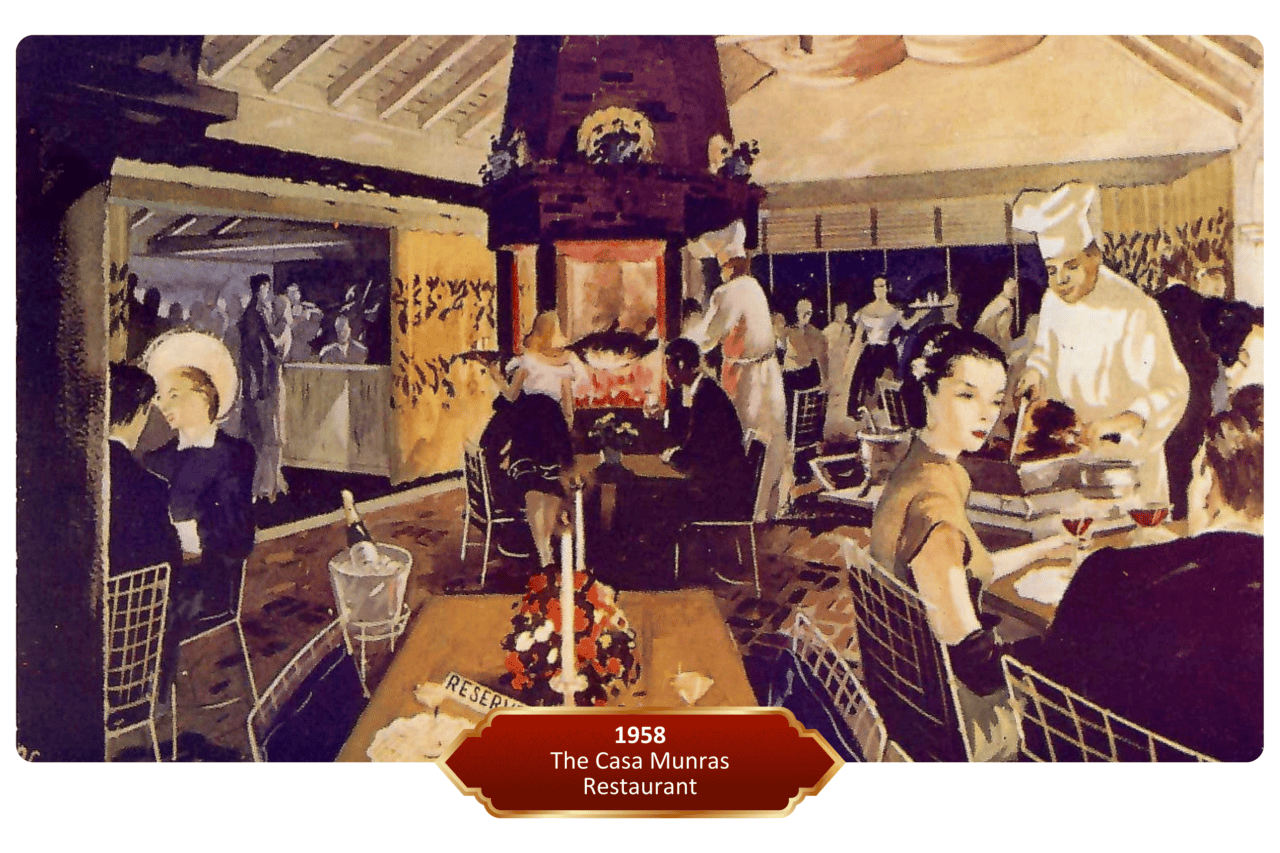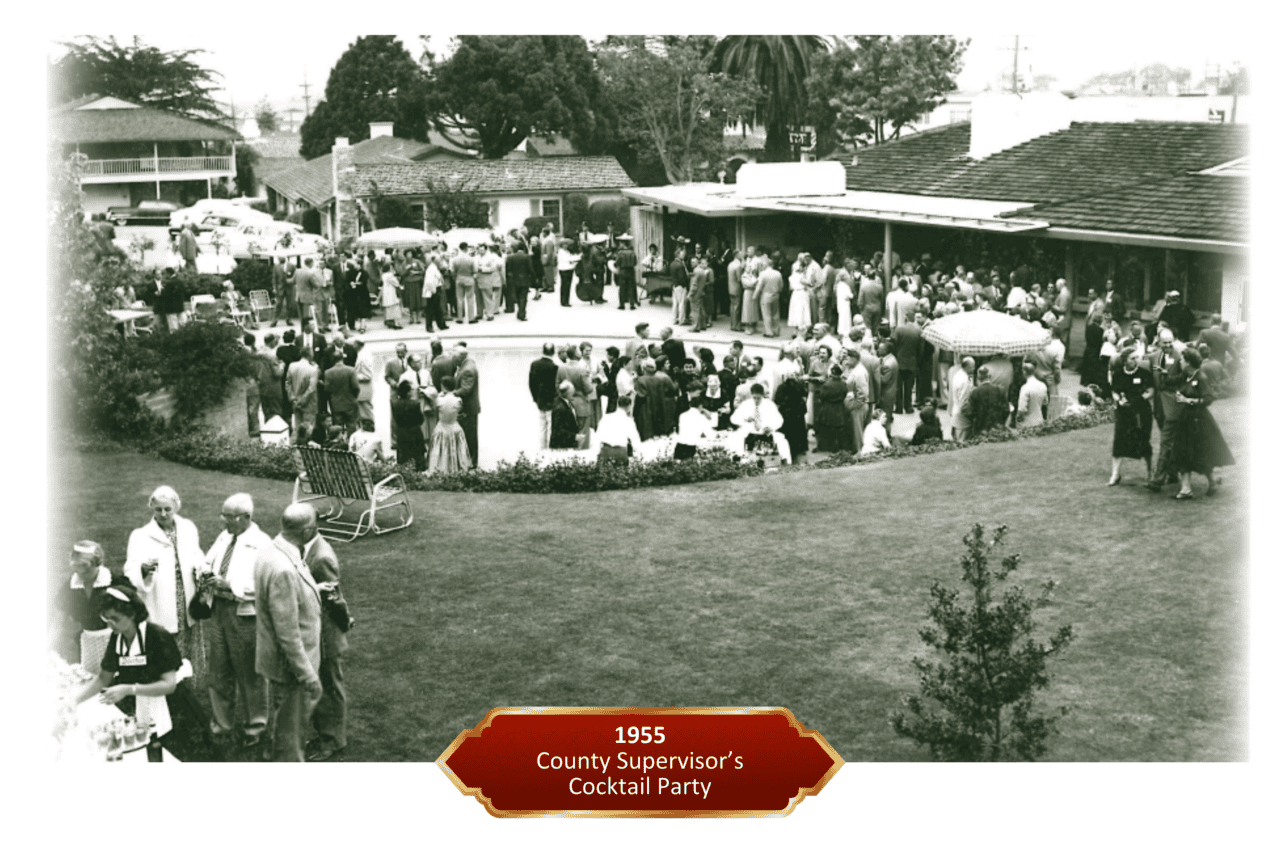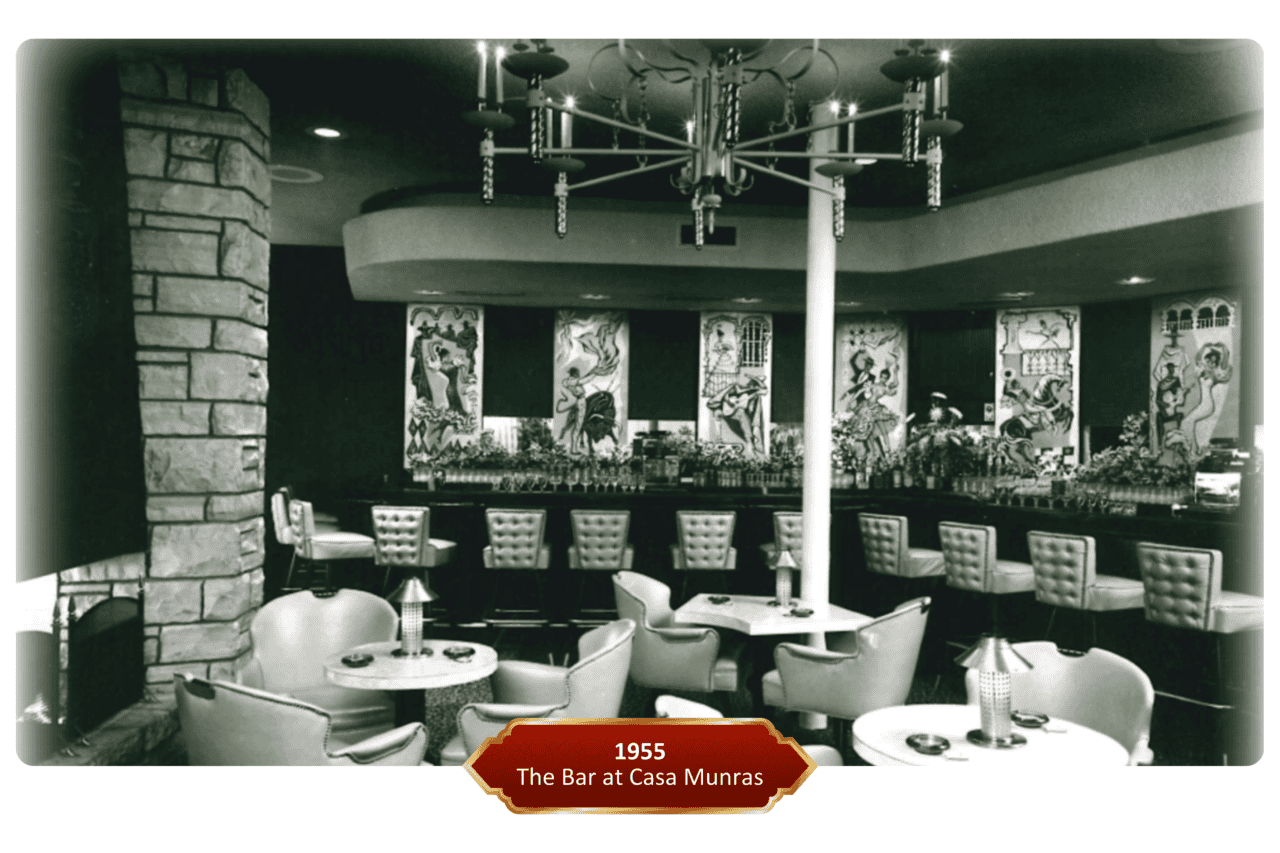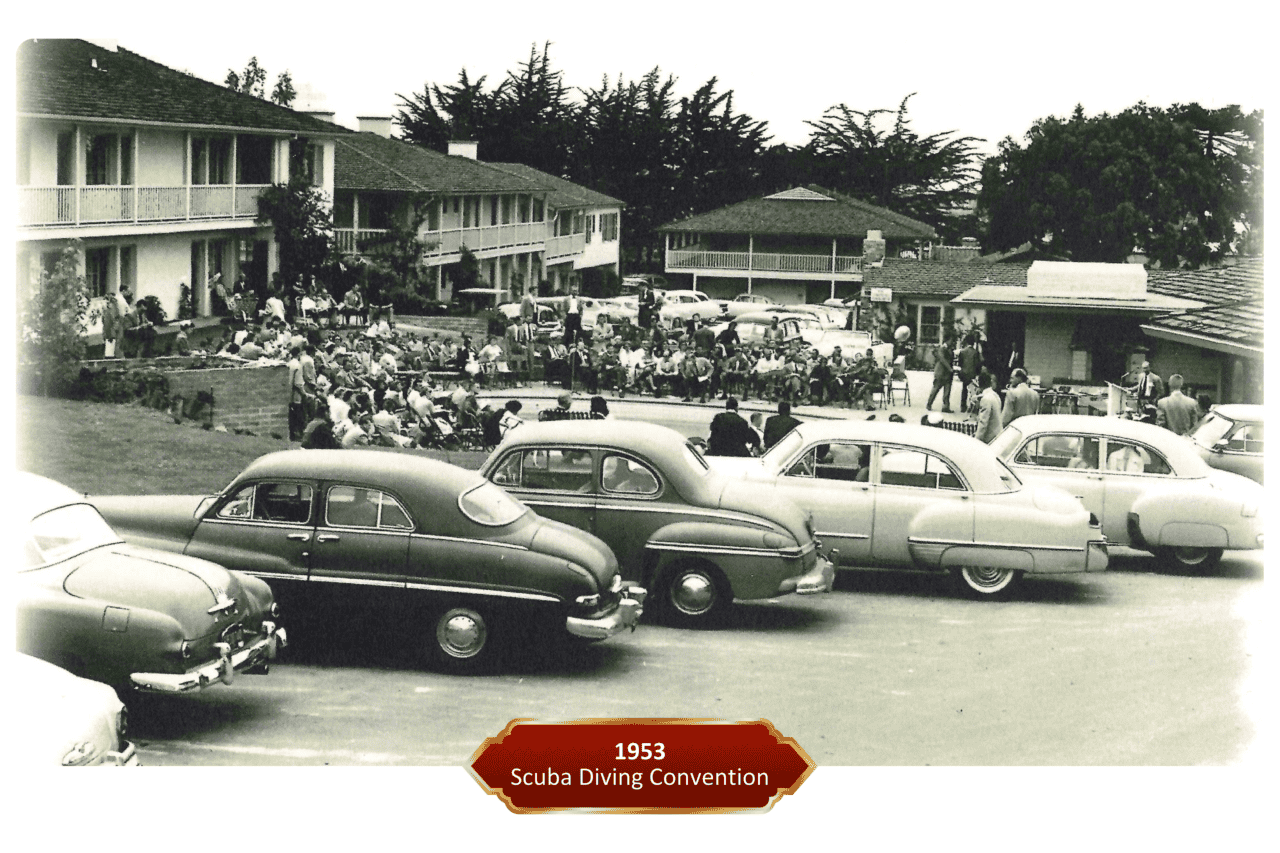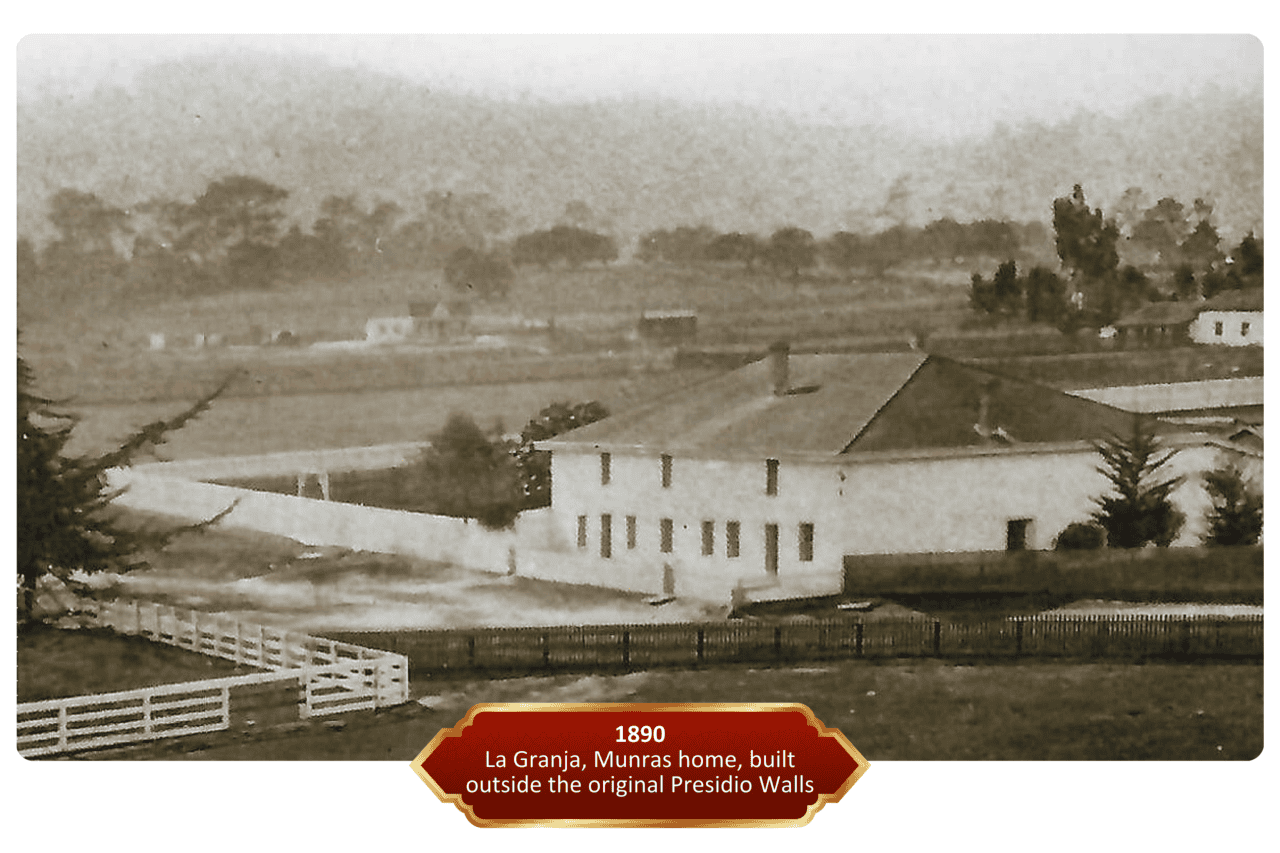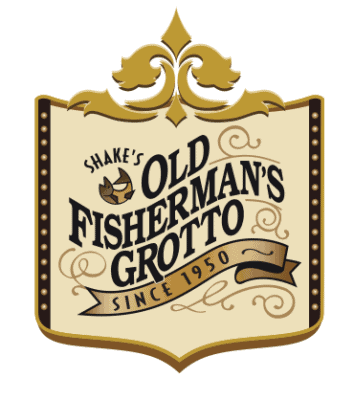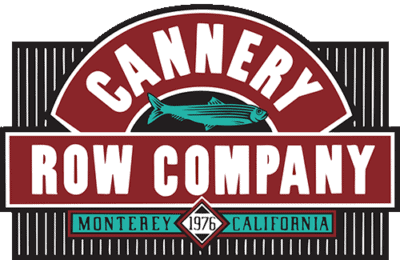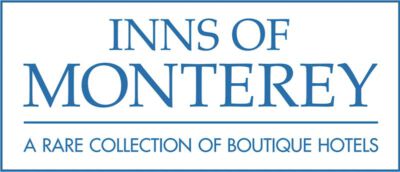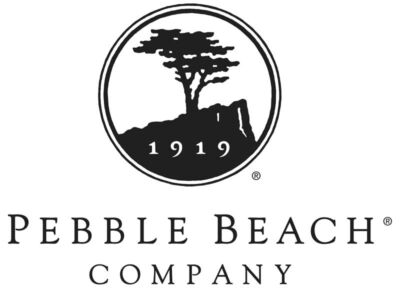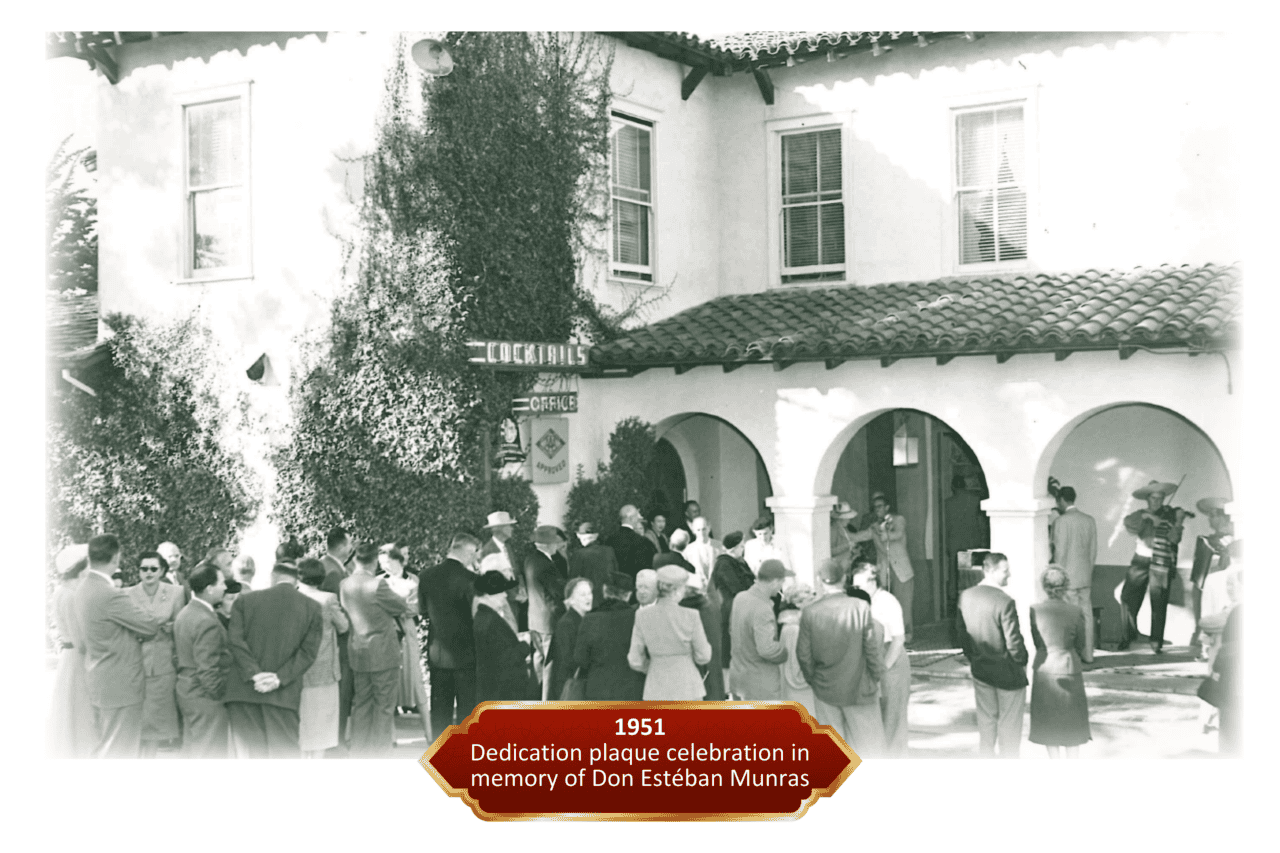
Local legendary businesses recognize decades of hospitality
By Lisa Crawford Watson
Much of what makes the Monterey Peninsula and its coastal communities to the south so dynamic, is the pairing of land and sea with the history of what has happened here. For 200 years, the restless waters have ferried scores of stalwart folks to our shores, where a blend of cultures have formed the tapestries of who we are and what we represent.
We witness this in festivals, the visual and performing arts, restaurants and other culinary arts, the diversity of residents and guests, and the languages and other cultural orientations we bring with us, represented in the architecture we have created to house and characterize us.
The very first hotel constructed in Monterey, in 1800, was Hotel Del Monte. A stunning architectural achievement, the luxury hotel was developed by Charles Crocker, one of the “Big Four” railroad barons, through the Pacific Improvement Company. Popular among government, Hollywood, and literary elite, the hotel, which housed outposts by Gump's, I. Magnin, and City of Paris, was considered one of the most opulent resorts of its era. Until it was destroyed by fire, twice, in both 1887 and 1924.
With each redesign and subsequent reconstruction, the architecture became less grand, until the start of WWII, when it was requisitioned and later purchased by the Navy. Today, it remains the prestigious Naval Postgraduate School.
Hispanic Influence of Architecture & Hospitality
Located in the Old Town district of Monterey, Casa Munras Garden Hotel & Spa was established 200 years ago as an expansive hacienda on Rancho San Vicente, in what is now known as the “heritage district” of town. In 1824, Spanish diplomat, businessman, and artist Don Estéban and Catalina Munras designed and constructed a spacious adobe home on this 20,000-acre site, which would become the heart of their community.
“And here, the tradition of hospitality began,” said Tim McGregor, vice president and general manager of Inns of Monterey. “A man of both wayfaring and pioneering spirit, Don Estéban Munras erected the first house outside Presidio walls and installed California’s first fireplace in the homestead he called “La Granja” or The Grange. Much like the aesthetic Munras chose for his homestead, Casa Munras still features old-world design elements and extensive floral gardens that honor its Spanish heritage.”
The Munras family often filled baskets with food, which they set outside the entrance to their home, for those in need. Thus, La Granja quickly became the heart of the community and a gathering spot for residents of the surrounding area.
A legacy of the Munras family was Estéban Munras' great-granddaughter, Maria Antonia Munras Field, the last of the Munras family to live in Casa Munras. Affectionately known as "California's Princess," she was born at La Grange in 1885 and lived there until 1941, when she sold the property to former Monterey mayor and postmaster PJ Dougherty.
“Two hundred years ago, Esteban Munras and his wife, Catalina, built their life around family, farming, trading and generosity,” continues McGregor. “Yet the Dougherty family went on to develop the original Spanish-style adobe into the Casa Munras Hotel and Cottages, transforming the property into what became the iconic institution of that time, the ‘Main Street Hotel.’ We’re proud to carry on this tradition of hospitality that started two centuries ago.”
This fall, Casa Munras Hotel & Spa hosted a bicentennial celebration within the lasting old-world design of the architecture and its lush gardens, which still harken to the property’s Spanish roots.
A River Ran Through It
The history of the landscape significantly predates the heritage established by those who come to reside there. Around the horn of the Monterey Peninsula and some 45 miles south down the coast resides the Big Sur River Inn, whose history began in 1888, when Jay Pheneger purchased a 160-acre parcel from the federal government and named the creek running along the southside and eventually right through what later became the Inn, after himself.
Yet the Inn truly owes it heritage to Michael and Barbara Pfeiffer, who were farming the landscape near their eponymous Pfeiffer Beach, when they purchased the Pheneger property near the turn of the 20th century.
“In 1926 John Pfeiffer, Michael and Barbara’s son, took over the land on which The Big Sur River Inn now stands. His daughter, Ellen Brown,” said General Manager Colin Twohig, “established the Inn in 1934 along the river on the east side of the dirt road that would later become Highway One.”
Which means the Big Sur River Inn is celebrating its 90th anniversary.
The Inn gained a steady following once Brown opened her dining and living rooms to the public, began serving her hot apple pie to guests. In the true spirit of Big Sur heritage-meets-legacy, the pie, made from the same family recipe, is on the menu today.
“Which,” said Twohig, “is what gave the place its original name; ‘Apple Pie Inn.’ A photograph of the original inn (c.1934) still hangs on our dining room wall. And the ridge that rises above the east side of Highway One, behind the Inn, is still known as Apple Pie Ridge.”
Once Highway 1 was paved, from Carmel to Hearst Castle, patronage increased significantly, and shortly thereafter the property became known as The River Inn. “The place was renamed The River Inn,” adds Twohig, ‘in hopes of keeping the river out.’ Because in those days, the river often rose up during the winter storms to the level of the dining room door.”
The legendary story of “The Chairs in the River” began after guests began to take the Inn’s large wooden lawn chairs down into the river and spend hours relaxing in the rushing water. Over the years, the Inn became known as the “place with the chairs in the River,” which is now the company’s logo and trademark.
Over the years, the Big Sur River Inn changed hands several times, and with each transition the commitment to hospitality continued.
“In 1988,” said Twohig, “the Perlmutter family and a small group of friends purchased the River Inn, with a vision to bring additional value to their guests, staff, community and partners. Patronage increased in the restaurant, rooms and General Store, honoring the history and natural beauty of the property.”
While the Big Sur River Inn has become a beloved landmark waystation, it also is known as a vehicle for support of the Big Sur community, including the organizations that sustain the community, among them the Big Sur Fire Brigade, Big Sur Health Center, and local schools. The inn has gained renown for hosting spectacular fundraisers in support of friends and neighbors in need.
Additional bastions of hospitality in the Monterey County community which are recognizing round anniversaries include The Monterey Bay Aquarium, which celebrates its 40th anniversary this year, as well as Bernardus Lodge, which celebrates 25 years in business, and the Monterey County Hospitality Association, which is approaching its 50th anniversary of service to the community.
